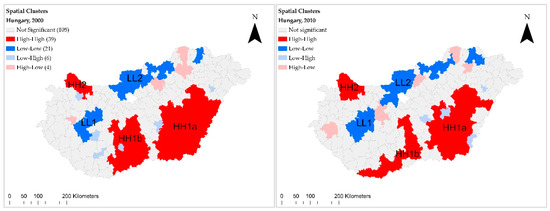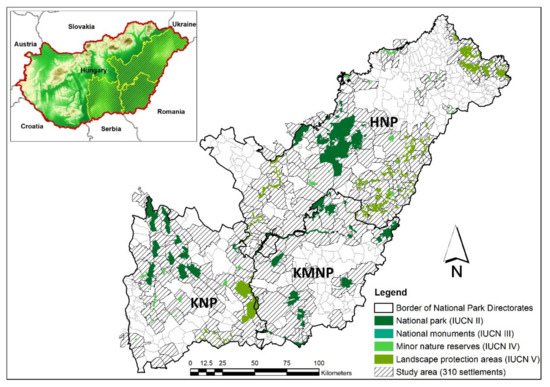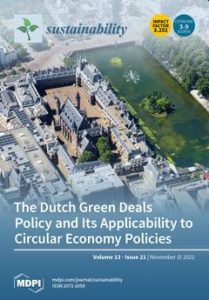Spatial Transformation of the Pig Sector in Hungary and Slovenia:
A Comparative Analysis
Abstract
The degree of farm and territorial concentration and inequality in Hungary has been much higher than in Slovenia, and the concentration gap between the countries has increased. Between 2000 and 2010, the degree of concentration was much higher in Hungary than in Slovenia; average herd size per holding increased by 68 percent in Hungary, and only seven percent in Slovenia. In Hungary, clustering effects were particularly significant, with the pig sector moving towards large-scale concentration.
 The former effect was also confirmed in the Slovenian pig sector, but significantly weakened during the period under investigation. The exploitation and policy management of spatial externalities justifies these agricultural, economic, and agri-environmental practices. View Full-Text
The former effect was also confirmed in the Slovenian pig sector, but significantly weakened during the period under investigation. The exploitation and policy management of spatial externalities justifies these agricultural, economic, and agri-environmental practices. View Full-TextKeywords: spatial concentration; clustering effects; restructuring; pig sector; Gini coefficient decomposition; Lorenz curve; Markov transition probability matrix; local indicators of spatial association/local Moran’s I cluster maps; Central and Eastern Europe
Tourism Perspectives in National Parks—A Hungarian Case Study from the Aspects of Rural Development
by András Donát Kovács – Péter Gulyás – Jenő Zsolt Farkas
Sustainability 2021, 13(21), 12002; https://doi.org/10.3390/su132112002
Abstract
Nature-based tourism has become increasingly popular in recent years. However, the COVID-19 pandemic dramatically impacted the tourism sector and triggered contradictory processes, even in protected areas. This phenomenon opens up new opportunities for nature-based tourism from the perspective of rural development. In this study, we assess the relations between tourism and nature conservation and examine the characteristics of practical cooperation in three Hungarian national parks. Based on in-depth interviews (n = 76), document review, and analysis of tourism-related data, our research proves that nature-based tourism could play an essential role in rural development, but this is far from being fulfilled. None of the sectors have been able to impact the comprehensive development of the rural areas concerned.  We conclude that sectoral partnership is inadequate, and there is no effective policy coordination. There is a lack of multiday tourism programs, and the currently available tourism infrastructure is insufficient. Initiatives such as the national park product trademark exist but are not well managed, so they do not have a meaningful impact. The results point out that cross-sector collaboration must be strengthened after the epidemic to provide a basis for policy coordination and joint planning. View Full-Text
We conclude that sectoral partnership is inadequate, and there is no effective policy coordination. There is a lack of multiday tourism programs, and the currently available tourism infrastructure is insufficient. Initiatives such as the national park product trademark exist but are not well managed, so they do not have a meaningful impact. The results point out that cross-sector collaboration must be strengthened after the epidemic to provide a basis for policy coordination and joint planning. View Full-Text
Keywords: nature-based tourism; nature conservation; rural development; national park; policy coordination; COVID-19; Hungary



